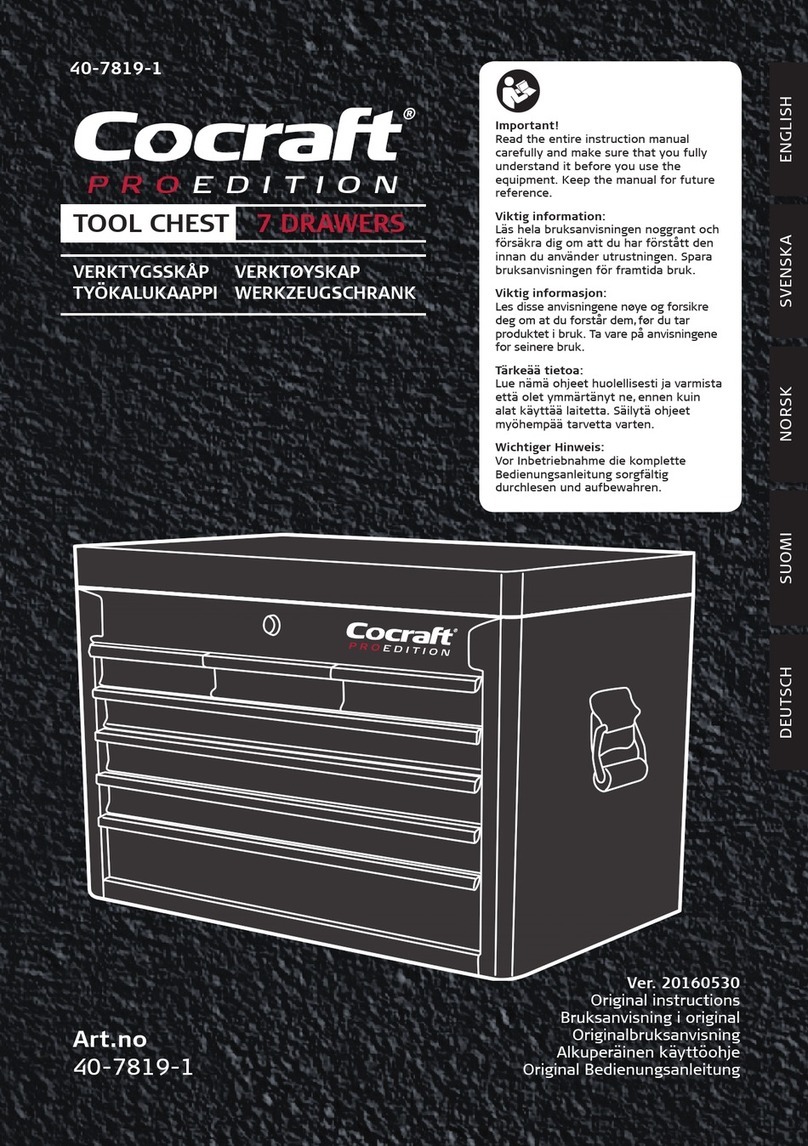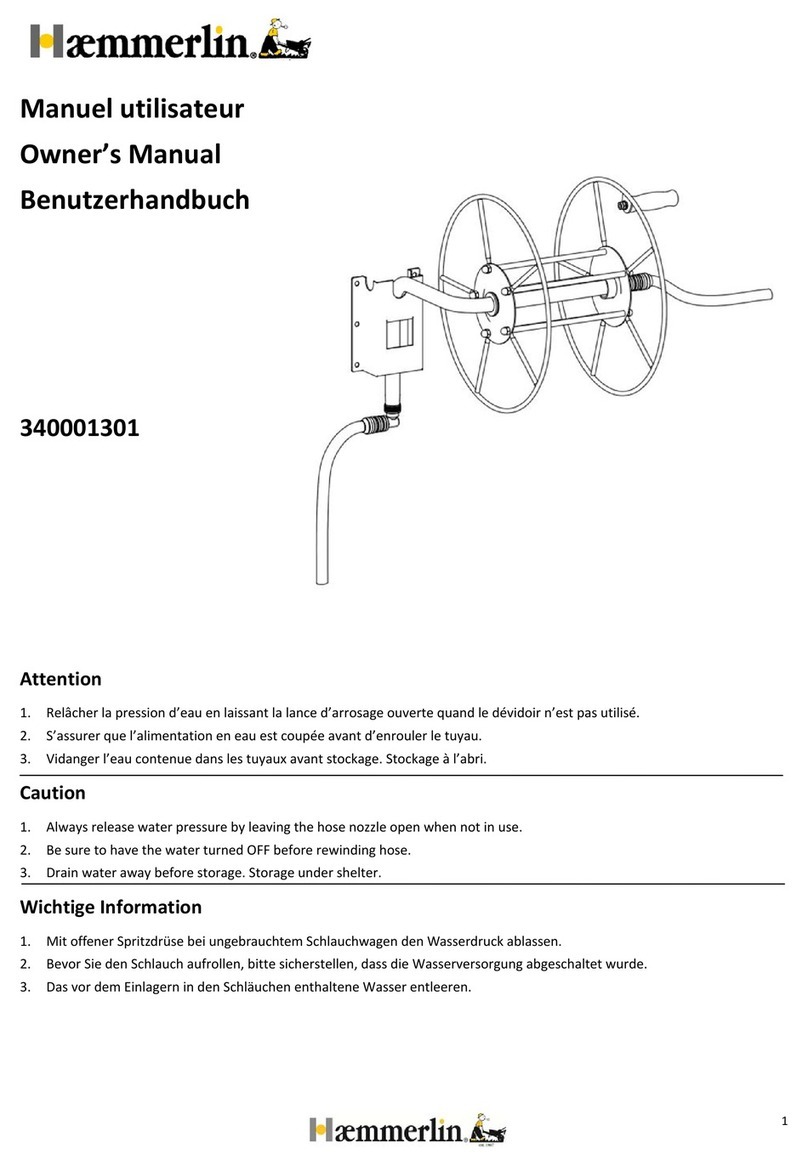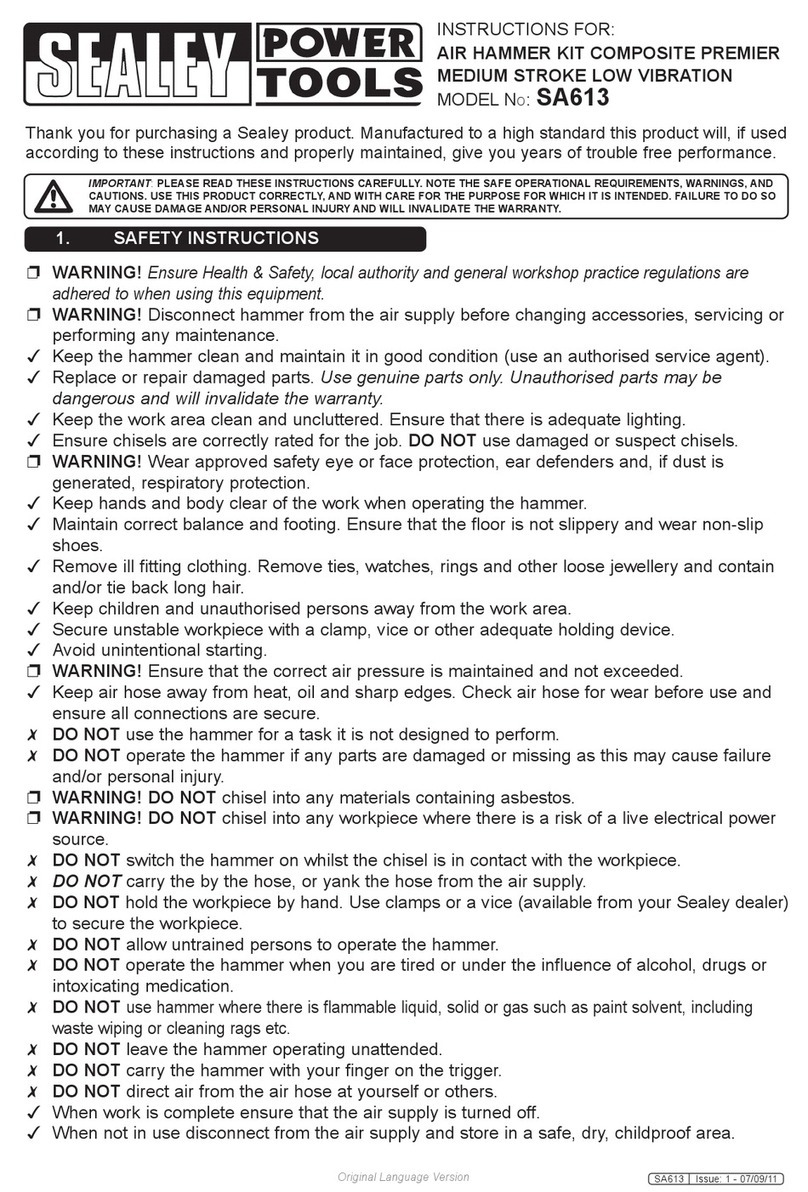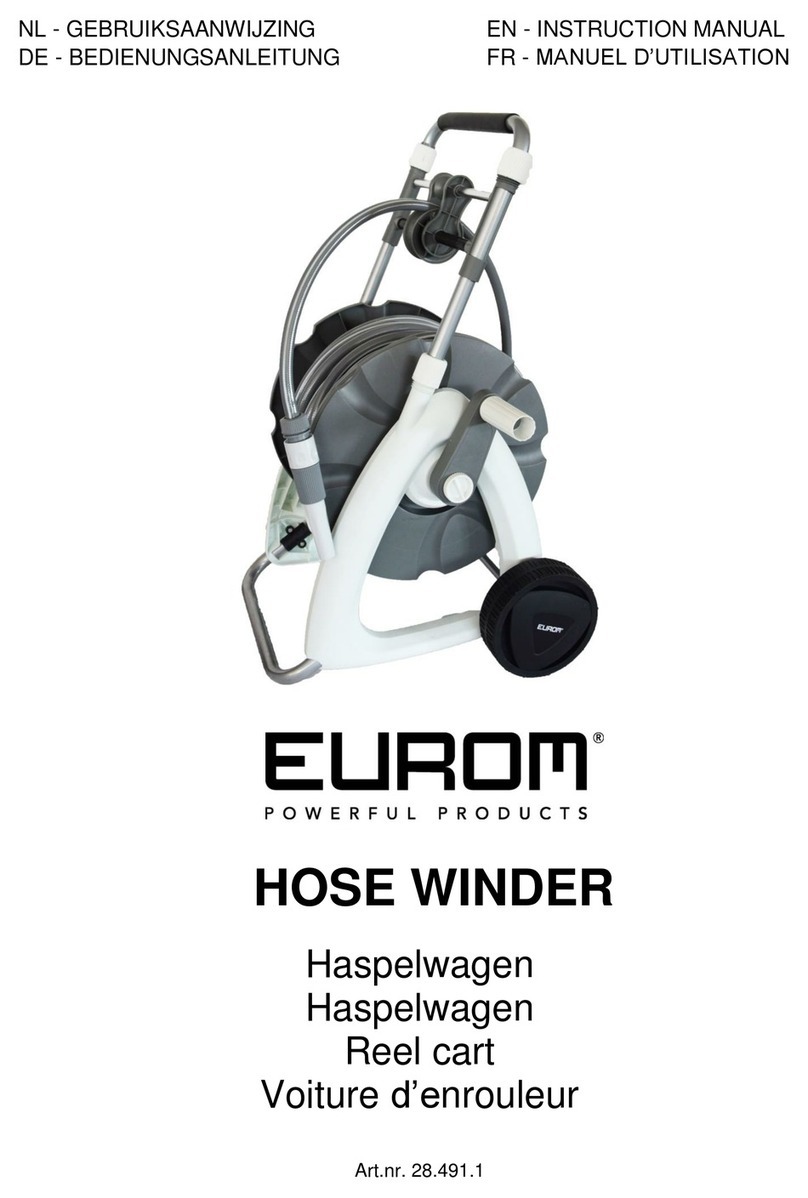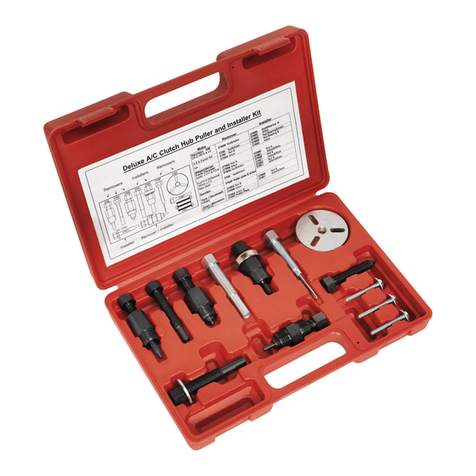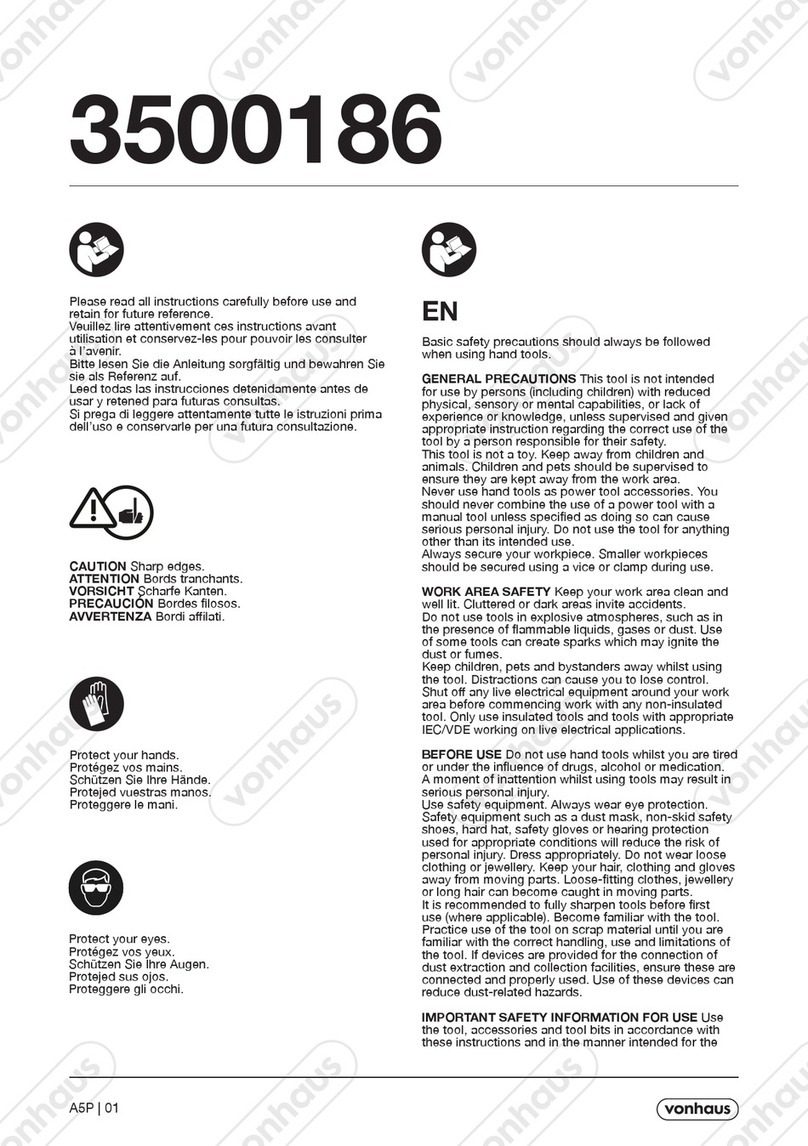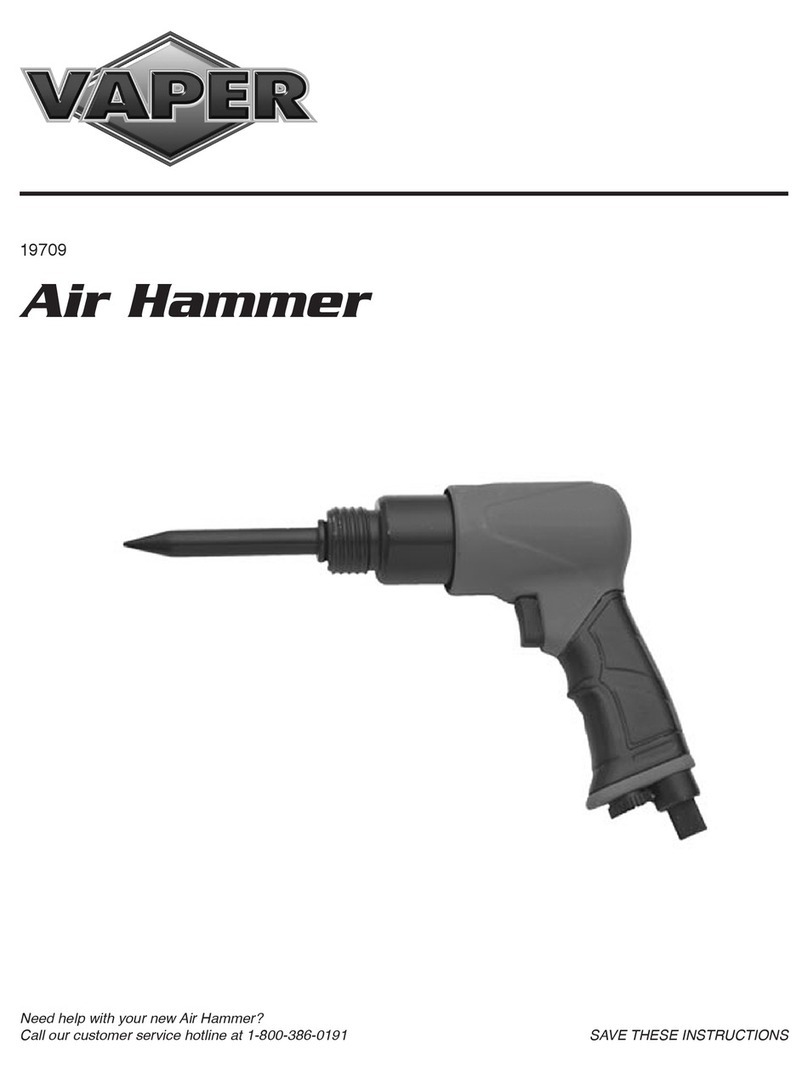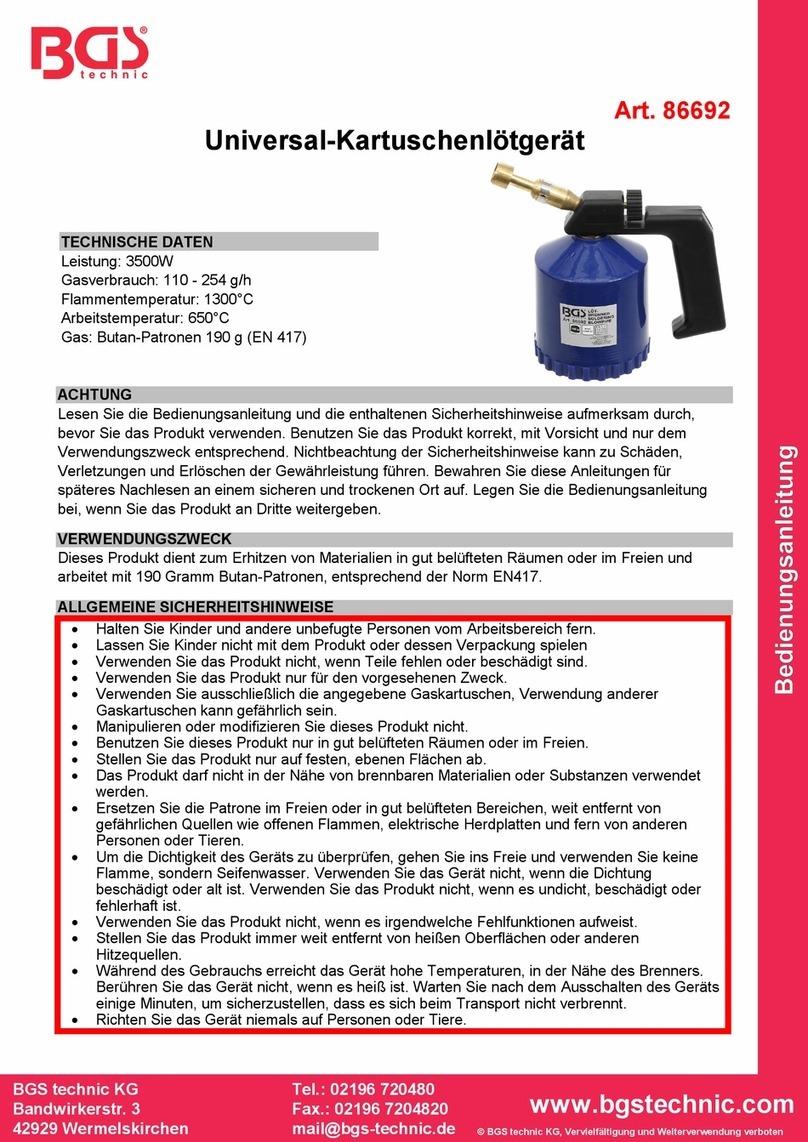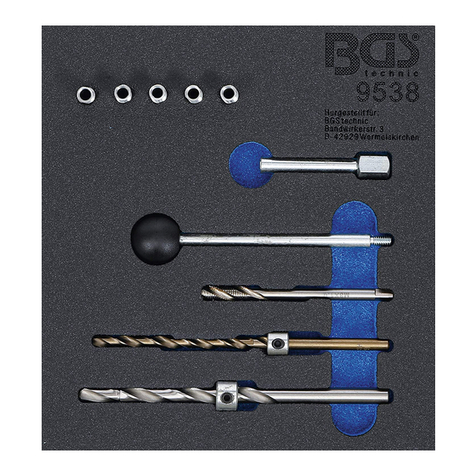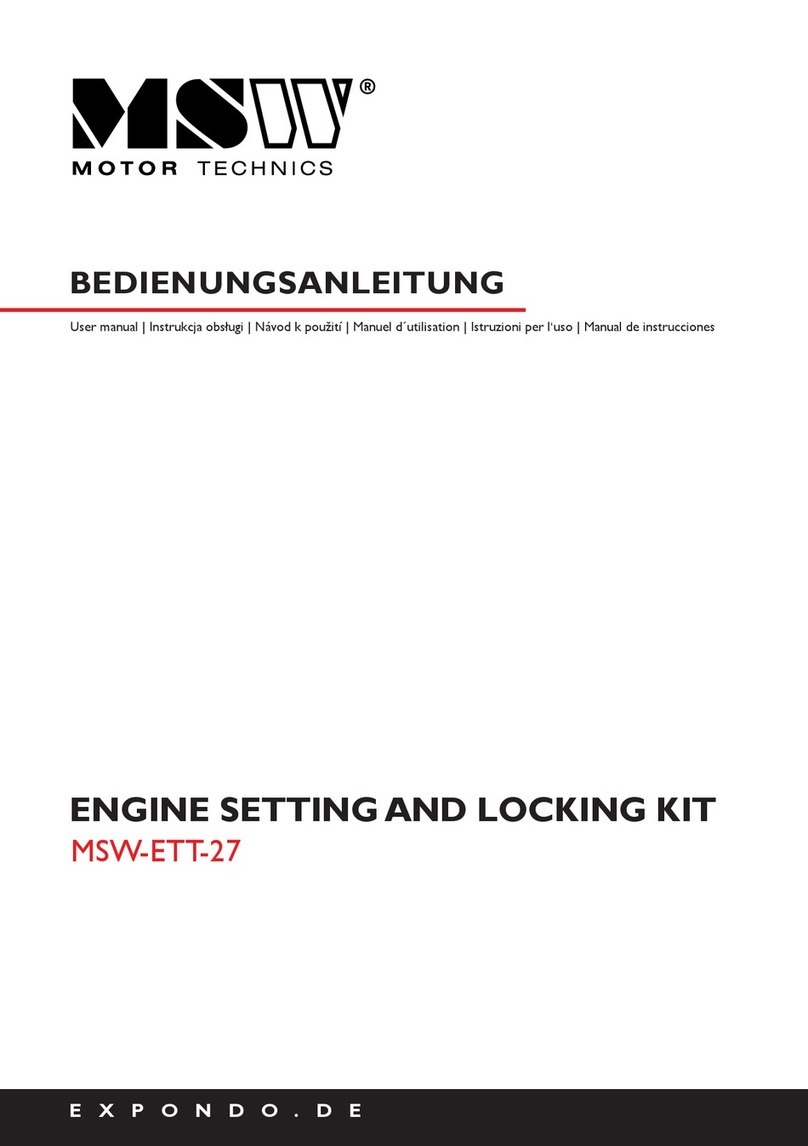Primal Rights CPS Instruction sheet

CPS
Competition Primer Seater
PRODUCT INSTRUCTIONS


!!!
WARNING !!!
YOU MUST
READ
BEFORE USING THIS TOOL!
By using this priming tool, you agree to
ALL
of
the
following terms and conditions:
Primers are explosive devices and can be very sensitive. As such
it is impossible for us to ensure the quality and safety of the
primers you use in this priming tool. Therefor by using this tool
you accept complete
and total
liability and
responsibility and hold
harmless Primal Rights
Inc, Greg Dykstra, Base Precision
Inc, and
any CPS dealer or entity other than yourself, named or unnamed.
Any accident, damage, injury, or death related to the use of this
CPS is the
sole responsibility of the person using this
priming tool.
You must wear a full face safety shield and ear protection at all
times when using the CPS.
You will not load more than 10 primers in the primer feed tube at
any given time.
You will inform all users of the CPS of this notice & provide them
with a copy before their use of it.
You must read and understand all included instructions before
using this tool.
If you have questions regarding the proper
assembly,
use,
and
care of this tool, please call 1-605-554-1911 Monday
–
Friday,
9am-5pm Mountain Time or E-mail us at sales@primalrights.com

WARNING! Primer detonation can occur if misused. To avoid
serious injury, always follow these precautions:
• Never attempt to seat or reseat a primer in a loaded cartridge.
Prime empty cases only.
• Before priming, ensure the case’s primer pocket is properly
sized. Minimum diameter is 0.173 inch for small primers and
0.2085 inch for large primers.
• Completely remove pocket crimp from brass/case with
crimped/staked primer pockets (e.g., mil spec brass).
• Never force primer into case pocket. Apply slow, steady, gentle
pressure and STOP if you encounter resistance.
• Hold primer tool upright with the tray near horizontal when
seating primers. Tilting the unit or holding the tray vertically can
cause multiple primers to feed and possibly detonate.
• Never operate without the Safety Gate installed. It is designed
to reduce the chance of multiple primers detonating in the tray if
one primer detonates.
• Do not attempt to modify the Hand Priming Tool in any way.
• Before each use, ensure device is clear of primer dust and other
foreign objects. Disassemble and clean periodically (at least every
500 rounds).
• Always wear safety glasses when using this or any other
reloading tool.

• Seat primers flush with or below the case head to avoid
inadvertent detonation by shearing or crushing.
DANGER! If misused, primers can explode and cause serious
injury or death. Always follow these precautions:
• Handle primers with extreme care. Do not drop or subject to
heat, flame, friction, electricity, percussion (e.g., hammering,
pounding, dropping) or other impact. Never smoke around
primers.
• Never force a primer into a case primer pocket. Apply slow,
steady, gentle pressure and STOP if you encounter resistance.
• Always wear safety glasses when working with or around
primers.
• To avoid the risk of multiple primers detonating, handle and use
primers individually unless with a reloading tool specifically
designed to safely handle multiple primers.
• Do not use primers of unknown identity or that have signs of
corrosion, damage or deformation.
• Make sure all reloading tools are in good condition and used in
accordance with the manufacturer’s instructions. • Do not decap
live primers.
DANGER! To avoid death, serious injury or property damage,
follow these storage precautions:
• Store primers in a cool, dry environment free from wide
temperature variations and under 150°F. Do not store primers in

a building without temperature control (e.g., garage, shed) or
where they can be exposed to direct sunlight.
• Never store primers near heat sources, electricity sources,
electrical equipment or other ignition sources.
• Never store primers near gunpowder, gasoline, chemicals or
other flammable or explosive material.
• To reduce the chance of multiple primers detonating, never
store primers in direct contact with one another. Store primers
only in the original factory container, which is specifically designed
to reduce the chance of multiple primers detonating. Return
unused primers to the same factory packaging for safety and to
preserve their identity.
• Storage cabinets containing only primers are recommended.
These cabinets should be ruggedly constructed of lumber at least
1 inch nominal thickness to delay or minimize the transmission of
heat in the event of fire. SAAMI recommends against storing
primers in sealed or pressurized containers.
• Dispose of unused primers in accordance with applicable
regulations for hazardous materials.
DANGER! Primer dust accumulation can detonate and cause
death or serious injury. Before each use, inspect all reloading
equipment and clean regularly with a damp cloth or sponge; allow
surface to dry before use; thoroughly clean and rinse cloth after
use. Never clean primer dust with a vacuum cleaner.
Lead Warning: Use of Primers may result in exposure to lead
and other substances known to cause birth defects, reproductive

harm, and other serious physical injury. Wash hands thoroughly
after exposure.
WARNING! Keep away from children.
• This device is not intended for use by those with restricted
physical, mental or sensory capabilities or those with a lack of
experience and/or knowledge, including children.
• Store device out of reach of children.
• Keep device and packaging material away from children.
CAUTION! Avoid pinch points on tool; keep fingers clear of
moving parts.
NOTICE - This manual is not intended to provide comprehensive
instructions or safety information on how to reload, or handle or
use reloading components. Always read and thoroughly
understand a reloading manual before attempting to reload
ammunition. Reloading is an enjoyable and rewarding hobby when
conducted safely. But, as with many hobbies, carelessness or
negligence can make reloading hazardous. When reloading,
always follow these safety guidelines to minimize the risk of
personal injury or death.
• Always wear safety glasses.
• Understand what you are doing and why. Read handbooks and
manuals on reloading. Talk to experienced reloaders. Write or call
suppliers of equipment or components if you have questions or
are in doubt.

• Read and understand all warnings and instructions
accompanying your equipment and components. If you do not
have written instructions, request a copy from the manufacturer.
Keep instructions for future reference.
• Don’t rush or take short cuts. Establish a routine and follow it at
a leisurely pace.
• Keep complete records of reloads. Label each box showing the
date produced, and the type of primer, powder and bullet used.
• Do not smoke while reloading, or reload near sources of heat,
sparks or flame.
• Observe good housekeeping in the reloading area. Keep tools
and components neat, clean and orderly. Promptly and completely
clean up any spills.
• Keep your hands and fingers away from “danger” spots and
pinch-points where they might be injured.
• Keep all reloading equipment and components out of reach of
children.
• Stay alert. Reload only when you can give your undivided
attention. Do not reload when tired, ill, rushed or under the
influence of drugs or alcohol.
Because Primal Rights Inc, Base Precision Inc, Greg Dykstra, or
other entities have no control over the choice, assembly or use of
components or other reloading equipment, Primal Rights Inc, Base
Precision Inc, Greg Dykstra, or other entities assumes no liability,
expressed or implied, for the use of ammunition reloaded with this
product.

Unboxing your CPS
When you unbox your CPS, you will find the items above, as well
as both small and large primer conversion. A primer conversion
consists of a shuttle hanger, shuttle, shuttle lever, and priming
rod.
To begin using your CPS, you must ensure that it is properly
mounted to your bench. How you mount it will depend upon your
specific reloading bench setup. The holes in the rear of the base
are provided so that you may use large lag screws, bolts, or a
fastener of your choosing to tightly and rigidly mount the CPS to
your bench.
After the CPS is mounted properly, install the handle by screwing
the handle into either side of the ram rotor. Your CPS may have

the handle installed already. If it is already installed, you can
remove it by unscrewing the handle, if you would like to re-
position the handle to the other side of the unit.
Next you need to select the appropriate shell holder for the
cartridge you intend on priming. Shell holders are not included
with the CPS and must be purchased separately. Any shell holder
for use in a Lee AutoPrime, 21st Century, or Sinclair priming tool
should work in the CPS.
Once you have selected the correct shell holder, remove the shell
holder retainer by unscrewing the cap screws in the top of the
shell holder retainer and remove it.
With the shell holder retainer removed, you need to install the
correct primer conversion for the cartridge you are priming.
Please consult your reloading manual if you are unsure of what
primer size your cartridge requires. Once you have selected the
proper primer conversion, install it by placing the shuttle hanger
into the elevator, ensuring the locating pin is inserted into the
hole on the bottom-front of the shuttle hanger.
Once the shuttle hanger is installed, place your chosen shell
holder on top of the shuttle hanger, and then place the shell
holder retainer on top of the shell holder. Insert the shell holder
retainer screws, and tighten them evenly to ensure even pressure
is applied on the top of the shell holder.
DO NOT USE A TOOL TO TIGHTEN THE SHELL HOLDER
RETAINER SCREWS!!!!!!
Use your fingers only! Using a tool is not necessary and may
damage the elevator assembly. If you cross thread, or otherwise

damage the threads in the elevator assembly, that damage will
not be covered under the warranty.
After the shell holder and shuttle assembly has been installed,
simply drop the correctly sized priming rod down the hole in the
shell holder. Ensure the shuttle is in the forward position.
Now you are ready to begin loading primers into the primer tube.
Using a primer flip tray (not included) you must ensure the
primers are all oriented anvil down (cups up) and use the provided
primer feed tube of the correct size to pick them up. The end of
the primer feed tube will have a plastic nozzle which must be
pressed over the primer to pick it up. You can also simply place
the primers into the tube by hand if you prefer. Be very careful
and do not force the primers or else you may cause a detonation.
Do not load more than 10 primers into the feed tube at a time, for
your safety. Once the primers are installed correctly in the tube,
insert the tube in the hole in the top of the shuttle hanger.
Release the spring pin from the tube, and the primers will drop
into position in the shuttle hanger.
To operate the shuttle, move the shuttle lever to the rear and the
shuttle will pick up a primer from the primer feed tube. Move the
shuttle lever forward, and a primer will be positioned beneath the
shell holder and above the priming rod.
DO NOT FORCE THE SHUTTLE MOVEMENT!
If you feel any resistance, stop!
The CPS has a manual shuttle system to ensure that the primers
are moved from the feed tube to the priming rod as gentle as
possible. If you feel any hitching or resistance, you must stop to
ensure you do not cause a primer to detonate within the unit. If a
primer gets stuck, you can gently wiggle the shuttle

forward/rearward to dislodge the jam. The tiniest amount of
finger pressure is all that is required when operating the shuttle.
When the shuttle is in the forward position, the primer about to be
seated is completely isolated from the rest of the primers in the
primer feed tube. This is to ensure that if a primer detonates
while being primed; the chance of that primer setting off the
primers in the tube will be at a minimum. Extreme care should be
taken when seating primers.
Out of the box, the CPS will have the elevator bottomed out,
which would allow you to seat primers much too deep into the
case. The CPS will allow a very precise feeling of the primer
pocket, so you may seat a primer in this elevator position in order
to get started. Be very cautious and do not apply too much
pressure. You will feel the primer go into the pocket, and then
stop when the cup/anvil hits the bottom of the primer pocket.
DO NOT FORCE IT!
Once the primer is in and seated to the bottom of the primer
pocket correctly, leave the handle in the forward position and turn
the elevator wheel clockwise. The handle will fall forward toward
you as you turn the wheel. If it does not, ride the handle forward
with tiny finger pressure only as you turn the elevator wheel. At
some point, the handle will stop falling forward as you turn the
wheel. This will allow the ram to hit the internal hard stop, which
will stop the seating of primers any deeper.
If you turn the elevator wheel counter-clockwise, the CPS will seat
the primer deeper. If you turn the wheel clockwise the CPS will
seat the primer shallower. Each click of the elevator wheel will
give you one thousandth of an inch (0.001”) depth adjustment.

Here's how to determine
primer seating depth!
Step 1
Use the stem of your caliper to measure your primer
pocket depth and record this measurement. In the
image above you can see the primer pocket
measures .128" deep.

Step 2
Measure the thickness of your primer.
You can measure the primer from the bottom of the cup to the top
of the anvil as is seen in the first image, or from the bottom of the
cup to the top of the cup as seen in the second image.
Subtracting the second number from the first will tell you how far
the anvil is protruding from the top of the cup.
So in this example we can see that the primer anvil was
protruding .008" or 8 thousandths of an inch. From here you can
decide just how you want to seat your primers. If you want the
anvil to just touch the bottom of the primer pocket, you would
subtract your primer thickness of .125" from the primer pocket
depth of .128", which would seat the bottom of the primer cup
.003" beneath the base of the case. If you wanted to seat all the
way to the primer cup, completely compressing the anvil into the
primer, then you would subtract .117" from .128" giving you a
measurement to the bottom of the primer cup of .011" beneath
flush.

Step 3
Once you've decided on what depth you want to seat the
primer, you can use the caliper stem to check your work.
On the example above, we have compressed the primer
anvil slightly, resulting in the primer cup being 8
thousandths below flush.
Popular Tools manuals by other brands

Harbor Freight Tools
Harbor Freight Tools 59789 Owner's manual & safety instructions

Sealey
Sealey VS1831 instructions
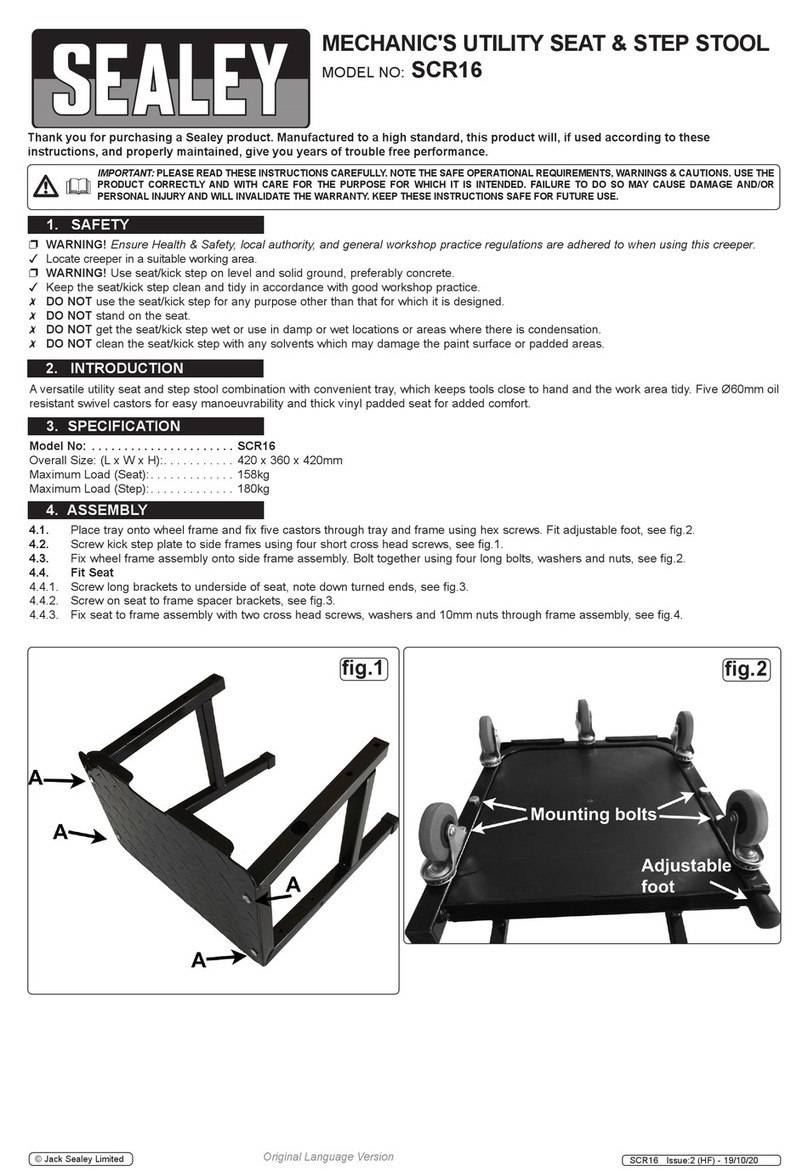
Sealey
Sealey SCR16 quick start guide
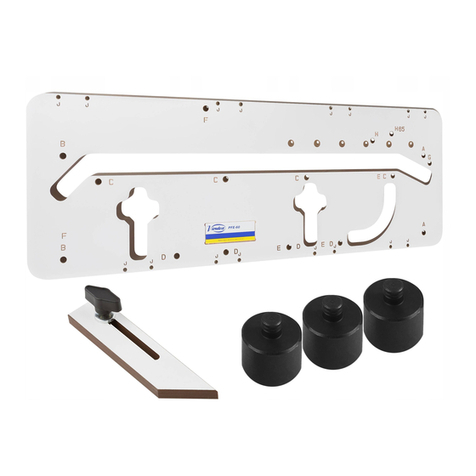
Virutex
Virutex PFE60 operating instructions
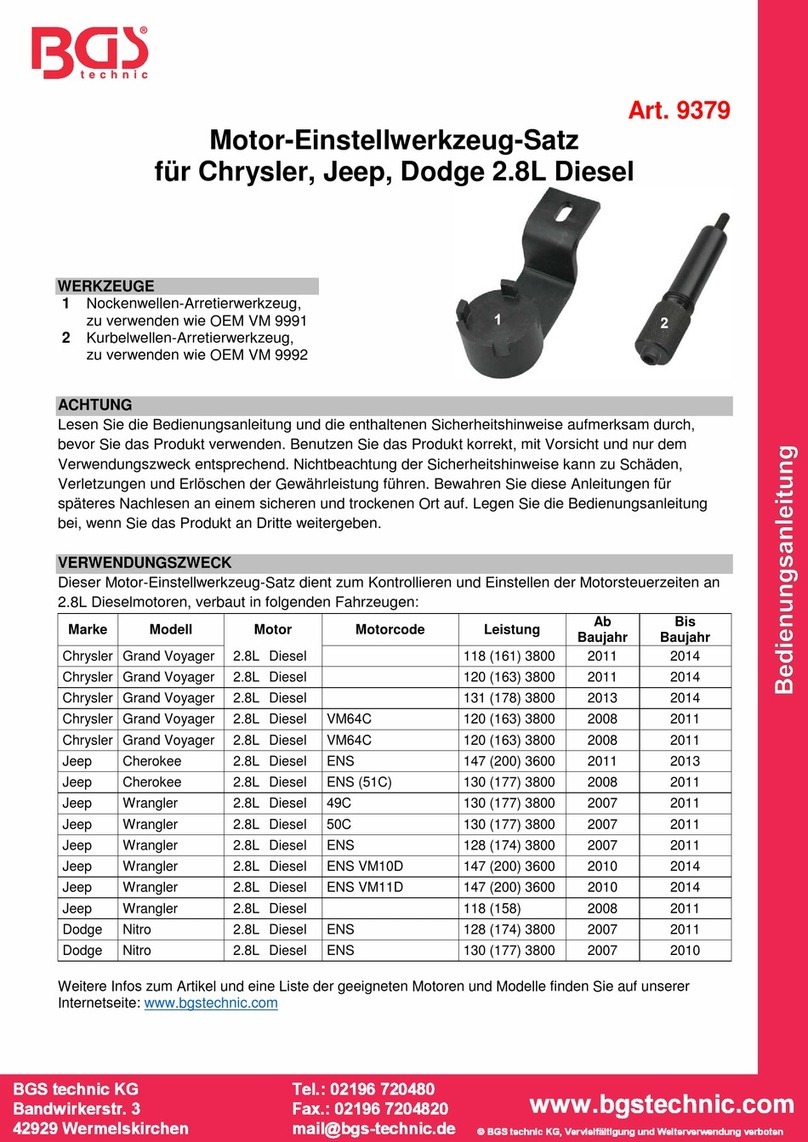
BGS technic
BGS technic 9379 instruction manual

Nothern Industrial tools
Nothern Industrial tools 109635 owner's manual

